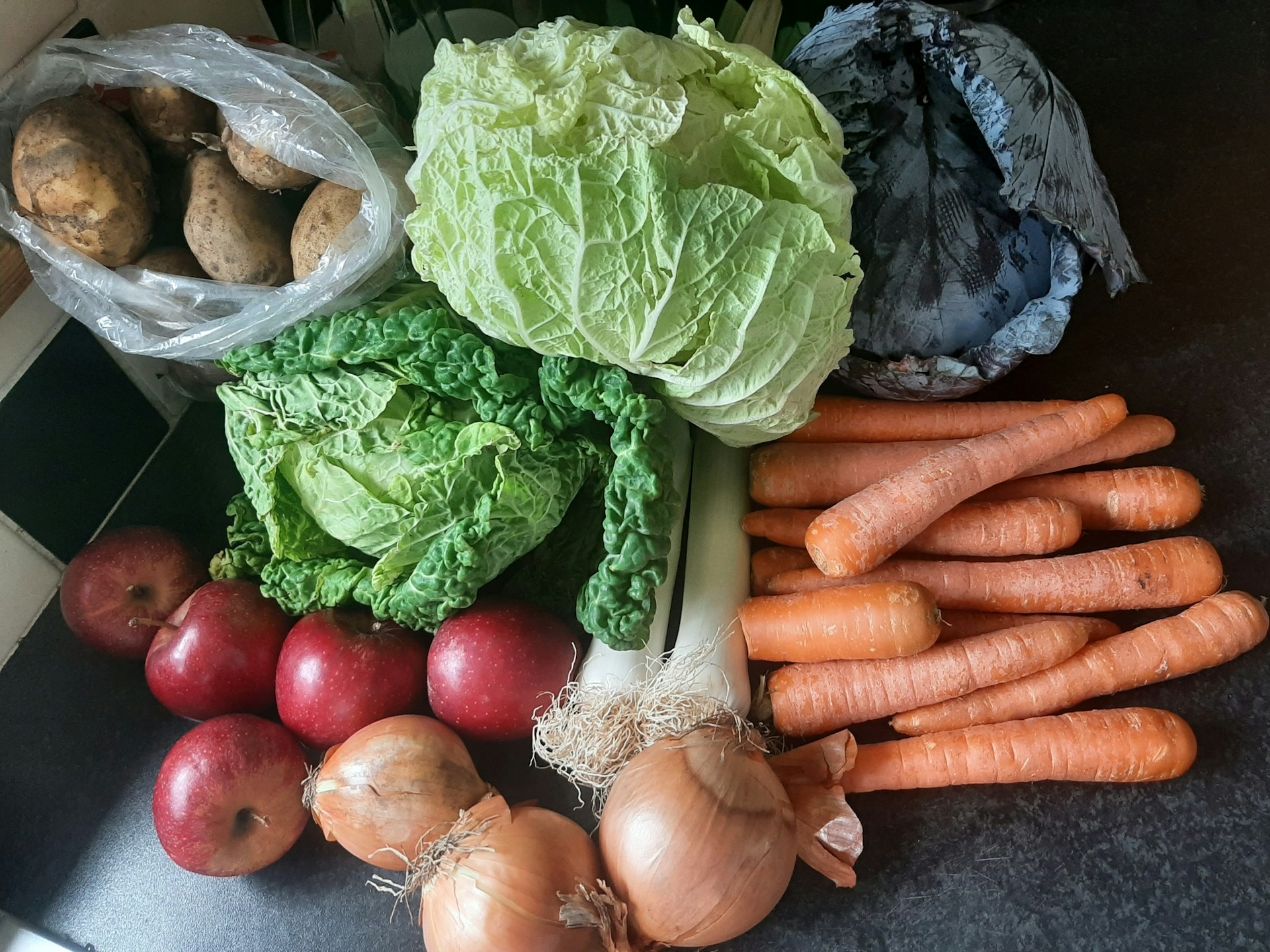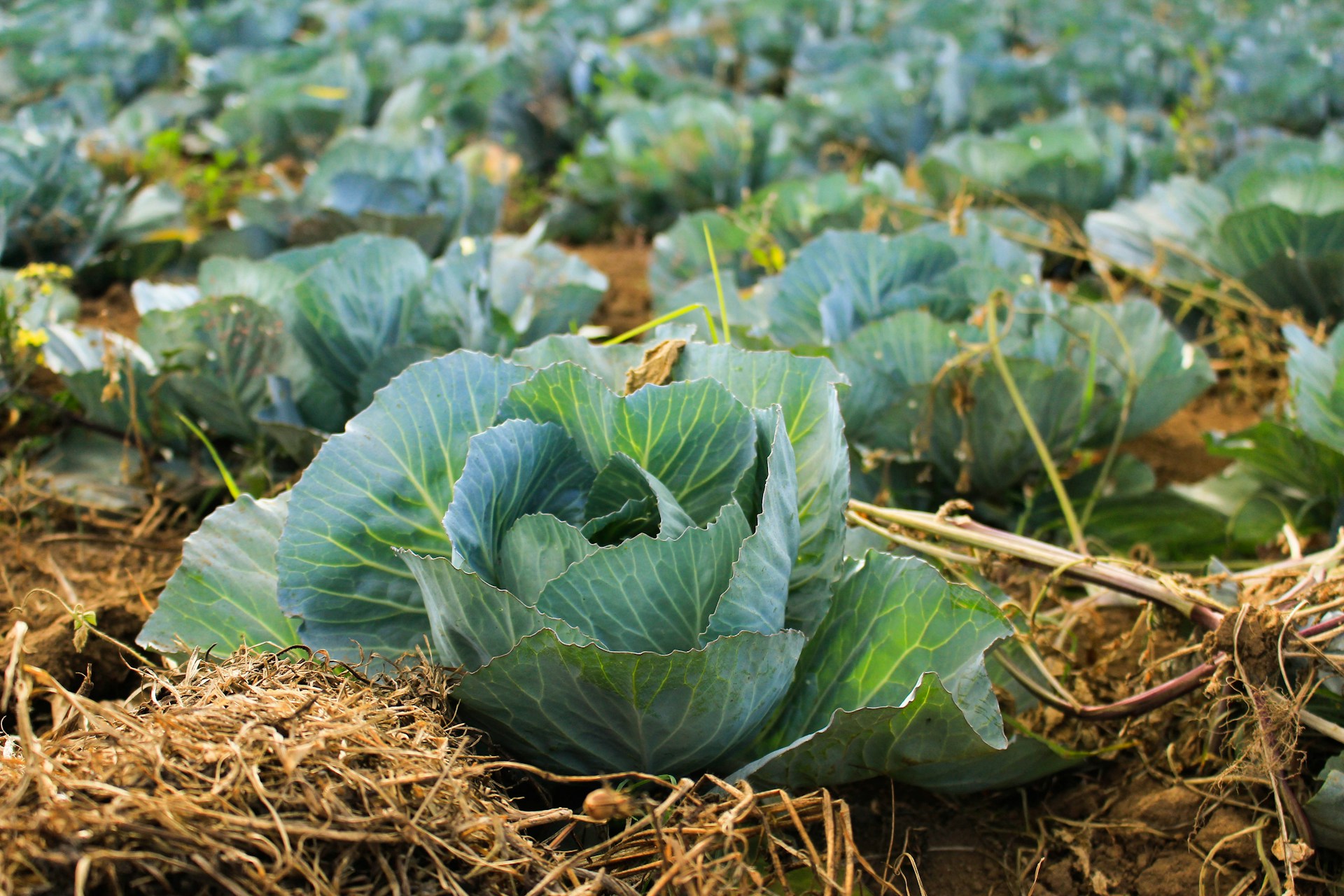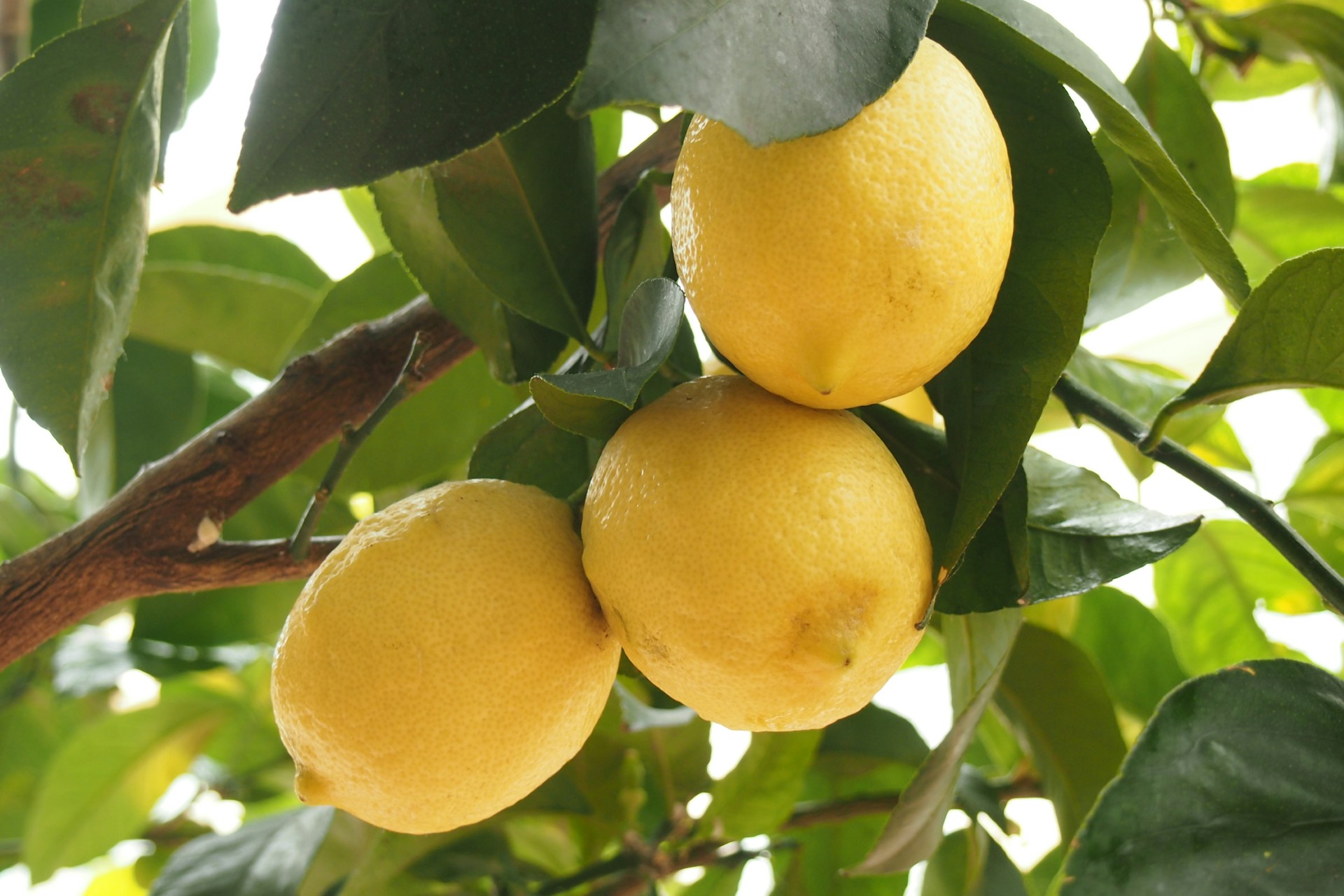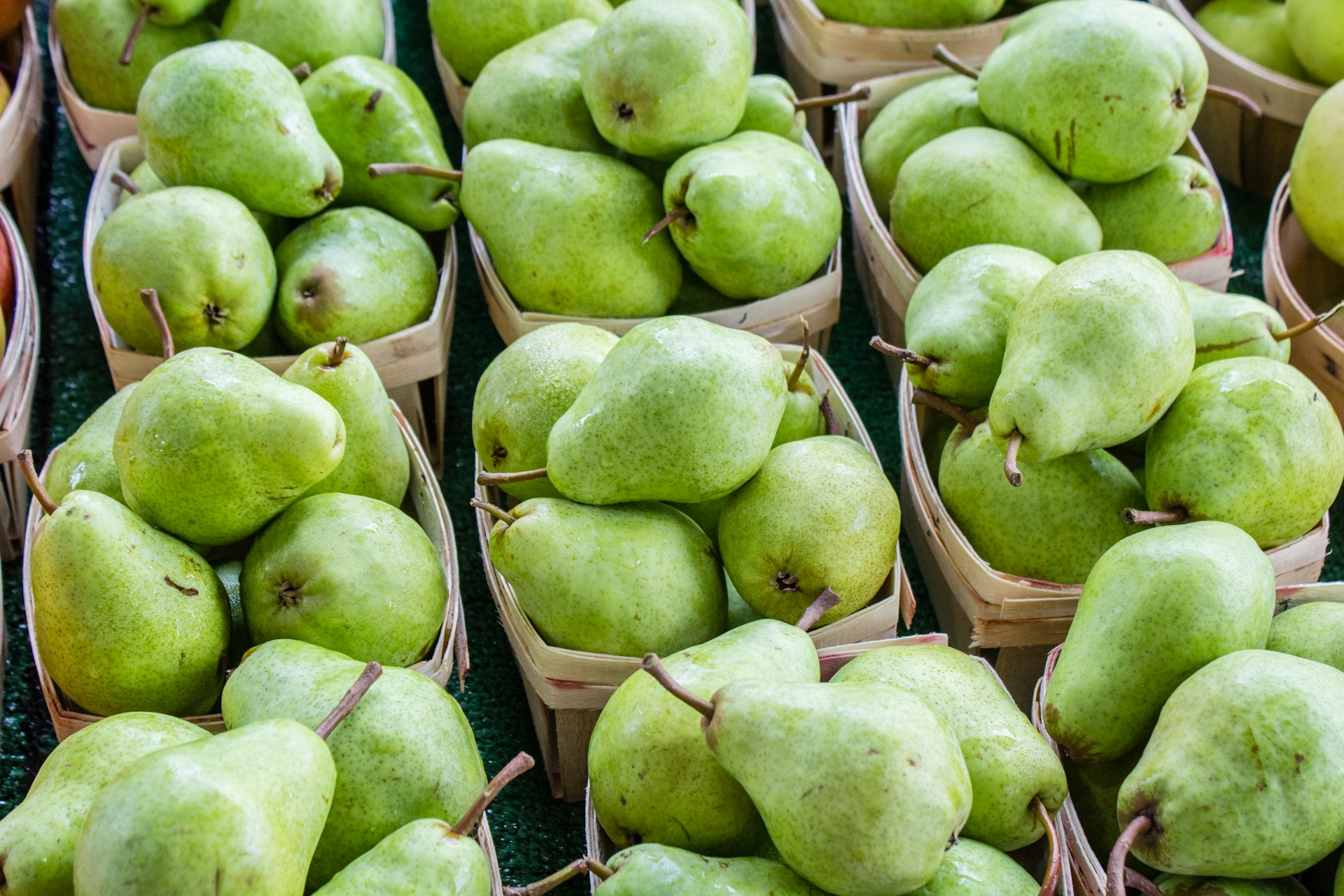Traceability in produce distribution has arguably never been more important than it is today.
Both consumers and regulatory bodies are focusing on food safety, pressuring distributors to provide full transparency in their process.
Yet, tracing produce from farm to table presents a myriad of challenges related to technology, logistics, and industry cooperation.
Despite these complexities, feasible solutions do exist that can dramatically enhance traceability.
This blog aims to shed light on these solutions, discussing methods that can help industry professionals tackle traceability head-on.
By leveraging these strategies, distributors can potentially transform difficulties into opportunities.
Solutions To Overcome Traceability Challenges In Produce Distribution
1. Implement Advanced Barcode/QR Code Tracking Systems
One of the primary solutions to overcome traceability challenges in produce distribution lies in implementing advanced barcode/QR code tracking systems for improving the transparency and efficiency of the supply chain.
This technology focuses on providing detailed information about each product, ranging from its source of origin to the path it has taken to reach the consumers.
The adoption of advanced barcode/QR code tracking systems allows every stakeholder in the supply chain to capture, share, and understand critical data about the produce, thus enhancing visibility and fostering mutual trust.
Naturally, accurate and transparent traceability systems are essential to ensure food safety, prevent counterfeiting, and address recall issues promptly and effectively.
Advanced barcode/QR code tracking systems provide a trusted medium to capture, share, and understand critical data, thus improving supply chain visibility and ensuring food safety.
By embedding detailed information like harvest date, location, quality checks, and other transportation details, the advanced barcode/QR code technology enhances the traceability of the produce, from the farm to the plate.
Furthermore, these technological solutions will assist in bringing transparency in the handling and storage of produce and facilitate more efficient inventory management.
Advanced tracking systems are designed not only to track the physical movement of the goods but also to record and evaluate the conditions in which these goods are transported or stored.
For example, the system can determine if the produce has been exposed to temperature fluctuations, which could destabilize its quality, thereby ensuring that the best practices are followed at each stage.
In the event of a safety issue, with such a system in place, produces can be recalled immediately and accurately, thereby protecting consumers and minimizing damage to the brand’s reputation.
Additionally, a move towards more sophisticated tracking and tracing technology will likely foster stronger relationships among stakeholders in the supply chain, as it fosters collaboration and shared accountability.
The use of advanced barcodes/QR codes can also play a vital role in upholding quality standards, as it provides a means to authenticate the origin of goods, thus reducing the risks of counterfeiting.
As the demand for food transparency continues to escalate, implementing these established tracking systems will give businesses a competitive edge, by meeting consumer expectations, enhancing safety measures, and improving overall operational efficiency.
However, to make the best out of these systems, it’s crucial to provide ongoing technical skills to everyone involved in the supply chain.
Moreover, appropriate measures should be taken to ensure data privacy and protect sensitive commercial information when implementing these systems.
2. Utilize blockchain technology for transparency
As a viable solution to overcome traceability challenges in produce distribution, utilizing blockchain technology for transparency is indeed an innovative step.
Blockchain technology, originally designed for digital currencies like Bitcoin, is a shared database filled with entries that must be both confirmed and encrypted.
The use of this technology can significantly enhance transparency, and in turn, traceability, in the supply chain of produce distribution.
The salient feature of blockchain technology lies in its capacity to create a distributed ledger, accessible to all stakeholders in the supply chain.
Such a ledger is not under the control of any single entity and can include all kinds of transaction data, such as place of origin, handlers, dates of transfer, and conditions of transport.
Anonymity is another key feature of blockchain technology that can reinforce the transparency of the supply chain. With blockchain, every transaction, and the associated value are transparent to anyone with access to the system, yet the identity of the parties involved is protected.
This removal of third-party validation essentially builds trust among users, which is an excellent characteristic for maintaining transparency in produce distribution.
Moreover, the process ensures that the data logged in is immutable, which confirms the credibility of the information throughout the supply chain.
It means that every product can be traced to its origin, thereby eliminating chances of fraud, mislabeling, or any other form of misinformation.
By implementing blockchain technology in produce distribution, the industry can observe a tangible increase in consumer confidence.
Customers would not only know where their food is coming from but also the conditions it has been through during the entire journey from farm to fork.
Detailed and transparent information about the product aids in improving overall customer satisfaction.
The same transparency also helps distributors identify any issues or bottlenecks in real-time, allowing for quicker, more effective responses.
Undoubtedly, utilizing blockchain technology fosters a new level of accountability and transparency in produce distribution, overcoming many traceability challenges.
An adoption of this technology can assure all stakeholders – from farmers to retailers, and consumers, of the security and honesty of their products’ journey.
3. Standardize International Tracking Regulations and Standards
Ensuring consistent tracking practices across the globe is a crucial task for the future of produce distribution.
Presently, tracking regulations and standards vary considerably from one country to another.
This lack of standardization often hinders efficient and reliable traceability, especially in international trade scenarios.
These disparities often result in data discontinuity and misinterpretation of tracking metrics, leading to traceability inefficiencies and mismanagement.
The implementation of common tracking regulations and standards would ensure the consistency of tracking practices, promoting efficient sharing and understanding of data across international boundaries.
Advocating for standardized international tracking regulations and standards could be achieved through various means such as collaboration with international regulatory bodies.
Key players in the global produce distribution industry could work with these bodies to develop consensual and reliable tracking standards and regulations.
Uniformity in these standards would lead to the development of agreed-upon benchmarks to guide tracking practices, nonetheless leading to better traceability outcomes.
Moreover, such a move could facilitate fair trade by leveling the playing field for participating countries and reducing the chances of trade disputes due to traceability issues.
Additionally, the standardization would also aid in eliminating malpractices and cheating in the supply chain by making it harder for dishonest distributors to manipulate the system.
The strengthening of international cooperation through the sharing of these common standards is another potential benefit that could arise from these standardized regulations and standards.
It is critical that efforts towards international standardization are inclusive and take into account the unique needs and challenges of different countries and markets.
This way, a genuinely uniform and globally applicable system can be implemented that caters to the needs of all stakeholders involved and ensures seamless traceability across borders.
As such, standardizing international tracking regulations and standards appears to be a valuable and necessary step towards overcoming traceability challenges in produce distribution.
4. Strengthen supplier and distributor communication networks
Strengthening supplier and distributor communication networks is pivotal in overcoming traceability challenges in produce distribution.
The effectiveness of such networks directly affects the efficiency of the entire supply chain.
Yet, establishing an effective communication network between suppliers and distributors in the produce industry can be quite challenging due to geographical location, language barriers, and differing business practices.
These challenges, however, can be eliminated by incorporating technology, such as integrated software systems, into these networks.
Such systems can significantly improve communication, making the tracking of produce throughout the supply chain more accurate and efficient.
Furthermore, utilizing advanced and integrated communication networks can also prevent unlawful activities such as theft, fraud, and misrepresentation by increasing visibility, control, and accountability within the supply chain.
Incorporating these systems into supplier and distributor communication networks can provide real-time data, thereby enabling each party to know exactly where and when their produce has been delivered or received.
This not only enhances traceability, but also strengthens relationships amongst suppliers, distributors, and their customers.
To achieve this, interoperability between different systems used by suppliers and distributors should be considered a top priority.
Interoperability enables disparate systems to exchange and make use of the information, thus enhancing communication and providing seamless visibility across the supply chain.
Implementing international standards such as Electronic Data Interchange (EDI), can make sure data is uniformly understood and accessed by all parties irrespective of language or system differences.
EDI can facilitate the exchange of documents between businesses digital formats, thereby eliminating the need for paper documents which can be lost, misinterpreted, or delayed.
In conclusion, better communication systems among suppliers and distributors can significantly improve traceability in the produce distribution network.
In order to strengthen these networks, stakeholders in the produce industry should invest in and prioritize technological integration into their business models.
By doing this, they will not only overcome traceability challenges, but also achieve efficient and effective produce distribution.
5. Adopt IoT for Real-Time Monitoring and Management
Embracing the Internet of Things (IoT) technology is a crucial step in overcoming the challenges associated with traceability in produce distribution.
An intelligent form of technology, IoT, introduces the capability to monitor and manage the distribution process in real-time, enhancing accuracy and efficiency.
Ideally, IoT deploys a network of devices with sensors and internet connectivity, which can collect, exchange, and analyze data in real-time.
This real-time exchange of data allows for timely decision-making along the produce supply chain, leading to improved accuracy and rapid responses to potential issues
This level of real-time monitoring is particularly useful in perishable produce distribution…
…because it allows stakeholders to proactively manage factors that could potentially cause spoilage or harm the produce’s quality.
The ability to monitor temperature controls, for instance, can ensure that perishables remain at the optimum temperature during transit, reducing wastage.
Furthermore, IoT offers the ability to track the exact location of the produce at any given time in the distribution journey.
This is incredibly important in the event of a product recall, providing a quicker and more streamlined procedure.
IoT technology also helps to limit human error, one of the main challenges often faced in traditional tracking systems.
As it is integrated with other systems, like advanced barcode or QR code tracking systems and blockchain technology, it can optimize their performance and provide a comprehensive overview of the distribution process.
IoT may also be integrated with software solutions that can analyze the data it collects.
This analysis can provide insights and predictions for the distribution process, making it possible to take proactive measures to increase efficiency and reduce potential losses.
Indeed, adopting IoT for real-time monitoring and management in produce distribution is a powerful way to tackle the challenges associated with traceability.
The Bottom Line
Improved and streamlined tracking within the supply chain sector is a current enterprise that holds the potential to greatly optimize operations.
Advanced barcode/QR code tracking systems, blockchain technology, standardized international regulations, strengthened communication networks, and IoT utilization not only result in greater transparency and efficiency, but also risk mitigation.
By embracing these methods of modern tracking technology, businesses can foster heightened trust, improved visibility, and comprehensive real-time monitoring enabling proactive decisions.
Thus, leveraging these innovative solutions will unequivocally pave the way for a more effective, resilient, and sustainable supply chain industry.




